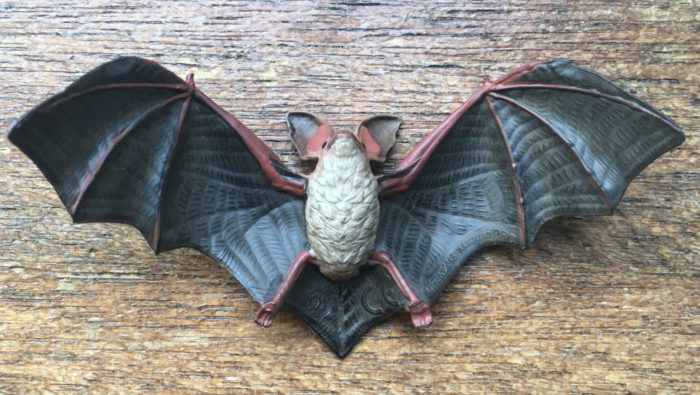After rodents, bats, which make up about 20% of all mammal species, form the second largest mammalian order, Chiroptera. Consequently, many bat figures (although not quite as many as the size of the group would suggest) have been made over the years, with one of the more recent attempts being Papo’s first, and so far only, bat figure, released in 2018, which is also the subject of this review.
Classification: Mammals
Primates TOOB (Safari Ltd.)

Review of the 2019 Primates TOOB by Safari Ltd. I had bought this set early on when I started my Synoptic Collection, mainly for the marmoset and tamarins. I have since retained the bonobo and sifaka too, pending eventual release of standard-sized figures of these species. This TOOB is another example of Safari Ltd recently upping the game in their TOOB sets, with others being Whales (2018), Dolphins (2019), Great Lakes (2020), African Savannah (2020), and Pelagic Fishes (2019).
Wolverine (NWF Dairy Queen promo by Toy Major)

It’s a bit of a chunky boi
Today I’m looking at a figure of a very familiar animal–from a rather obscure line! It’s the famous (infamous?) wolverine, Gulo gulo (Linnaeus, 1758). If we want to be really sub-specific, it’s meant to be Gulo gulo gulo, the Eurasian wolverine, if the differences between Eurasian and North American populations are different enough.
Warthog, piglet (Wild Life by Schleich)

The warthog, Phacochoerus africanus, or the common warthog to use its full vernacular name, is a wild member of the Suidae or pig family. There are four subspecies in the genus, each occupying a slightly different range within in central Africa. Schleich have made several figures of this animal, two boars (an early release and a later version), one sow, and a piglet, but I’m not looking at the whole family today – just the warthog piglet.
Reindeer, adult and calf (Wildlife by Mojö Fun)
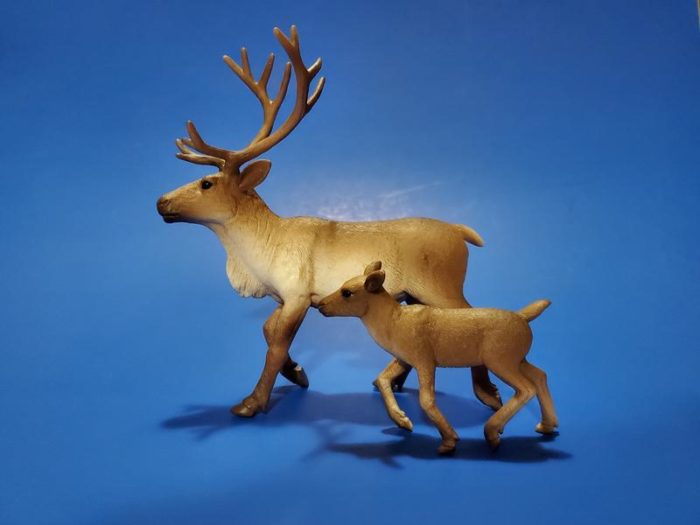
Review and photos by Saarlooswolfhound; edited by bmathison1972
The Mojo Fun reindeer adult and calf, numbers #387186 and #387188 respectively, were released as new products in 2019. They are included in Mojo Fun’s Wildlife range of models. The adult measures at about L-13 W-7 H-13 cm and the calf is L-9 W-2 H-6 cm.
Two-toed Sloth (Wild Safari Wildlife by Safari Ltd.)
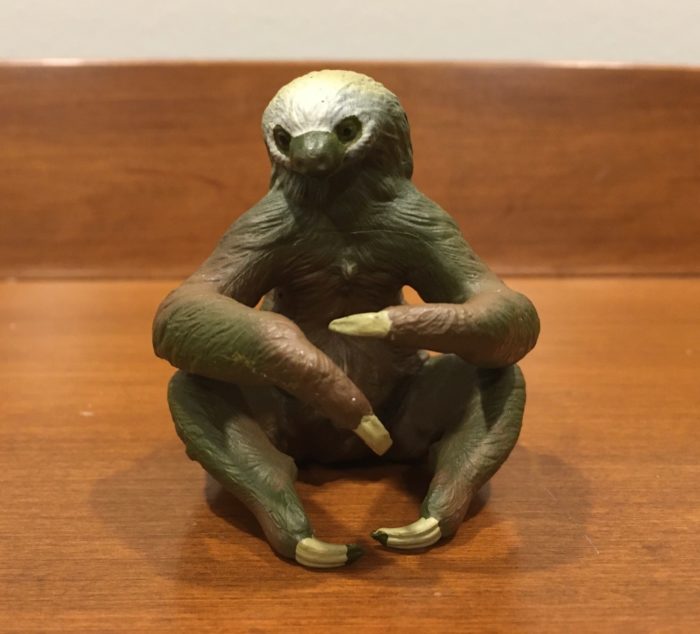
Review and photographs by Suspsy; edited by bmathison1972
The word “sloth” means slowness, laziness, indolence, or a habitual disinclination to exertion, and looking at the arboreal South American mammals called sloths, one might think that they fit their name to a tee. But while sloths are indeed slow-moving, they are not at all lazy.
Walrus (Wild Life by Schleich)
Sichuan Takin (CBIOV)
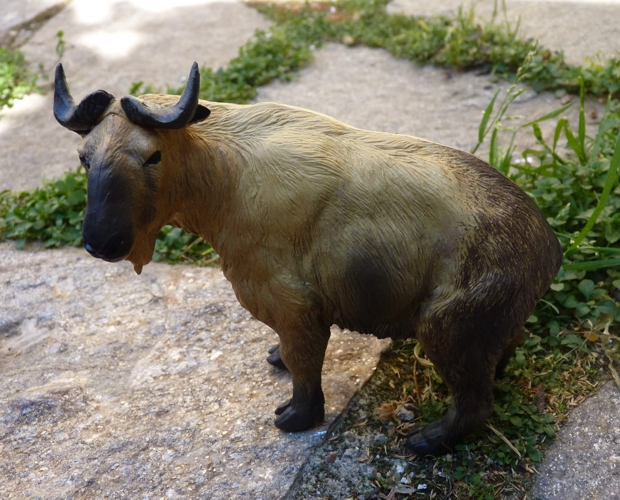
Review and photographs by Isidro; edited by bmathison1972
Editor’s note: It gives me great pleasure to present the 100th post on the Animal Toy Blog! And our first by forum member, Isidro! Double congratulations!
Here’s the review of the CBIOV takin (Budorcas taxicolor). CBIOV is not a big brand and as far as I know it only produced two species in figure form: the takin and the finless porpoise.
Spider Monkey (Wild Safari Wildlife by Safari Ltd.)

Review and photographs by Suspsy; edited by bmathison1972
Spider monkeys, which belong to the genus Ateles, live in the jungles of Central and South America. They derive their popular name from their long, spindly limbs and prehensile tail. Such adaptations make them superbly agile climbers despite their relatively large size.
Land Down Under TOOB (Safari Ltd.)
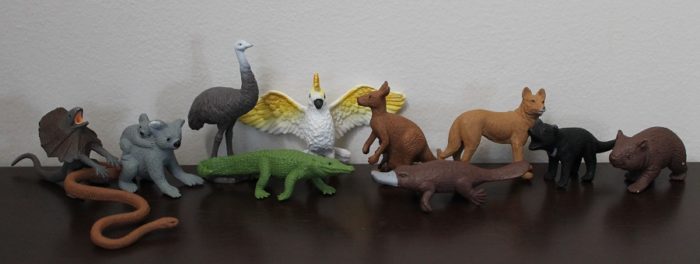
Australia, like all islands, is an isolated laboratory of sorts, one that offers a look at what the world might be like under different evolutionary pressures. The rest of the world at large operates in much the same way, no matter where you go; the placental mammals (cats, dogs, deer, antelope, etc.) dominate top tier niches.
Jaguar (Wild Life by Schleich)

Review and photographs by Suspsy; edited by bmathison1972
In Africa, the top land predator is the iconic lion. In Asia, it is the royal tiger. And in Central and South America, the tenacious jaguar (Panthera onca) reigns supreme at the top of the food chain.
Schleich’s most recent take on the jaguar came out in 2017.
Arctic Hare (Wild Safari North American Wildlife by Safari Ltd.)

Normally I wouldn’t do back-to-back posts, but we had our first real snow this weekend, so I took advantage of the situation to snap up some pics of a figure that in real life would be at home in such an environment: the Arctic hare, Lepus arcticus. This figure was produced by Safari Ltd.

